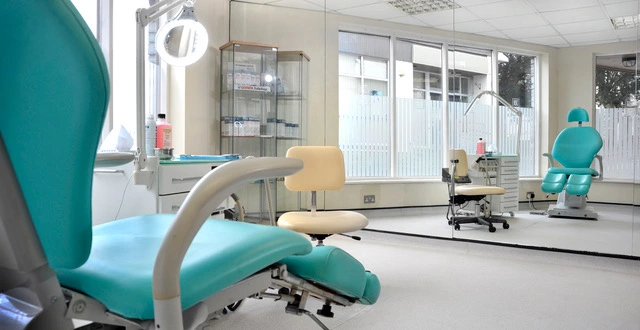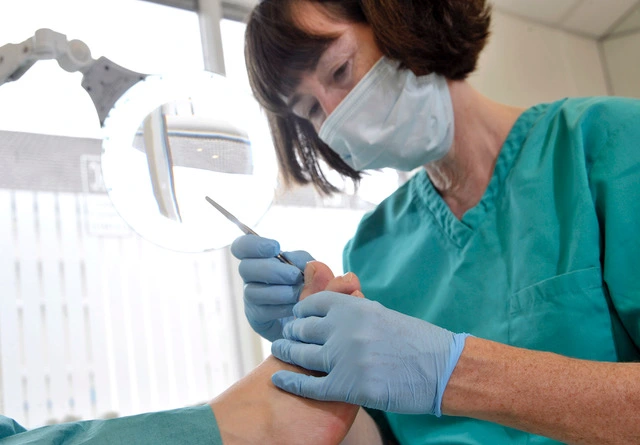Nail Surgery
Ingrown toenails are a common and often painful condition that can cause swelling, infection, and significant discomfort. They occur when the side or corner of the toenail grows into the surrounding skin. While some cases can be managed with routine foot care, persistent or recurring ingrown nails often require a more permanent treatment.
Causes of Ingrown Toenails
There are several common causes of ingrown toenails, including:
- Poor or incorrect nail-cutting technique
- Tight or ill-fitting footwear, socks, or tights
- Excessive moisture
- Previous trauma or injury to the toe
- Naturally curved or involuted nails
- Fungal nail infections or thickened nails

When Is Nail Surgery Needed?
If your toenail continues to cause pain, becomes infected, or keeps growing back incorrectly despite conservative treatments such as trimming or toe packing, nail surgery may be the most effective solution.
At Market Street Clinic, we offer nail surgery as a safe, straightforward procedure to resolve ongoing or severe cases of ingrown toenails. It is performed under local anaesthetic in a clean, clinical environment by our HCPC-registered podiatrists.
Please note it’s especially important to seek professional advice if you have diabetes or poor circulation, as this can impact healing and increase the risk of complications.

What to Expect
After an assessment to ensure suitability for the procedure, your podiatrist will administer local anaesthetic into the toe/toes to ensure the area is completely numb and the process is pain-free. Your podiatrist will carefully remove the section of nail causing the problem (partial nail avulsion). If the issue is more severe or long-standing, the entire nail may be removed (total nail avulsion). To help prevent the troublesome part from growing back, a chemical called phenol is applied to the base of the nail.
After surgery, your toe will be dressed in a sterile bandage to protect the area and minimise bleeding.
This procedure typically takes less than an hour.

What to Expect After Surgery
Most patients are able to return to normal daily activities within 24 to 48 hours, with full healing taking around four to six weeks.
You’ll be advised to wear soft or open footwear to reduce pressure on the toe after the surgery. Pain is generally minimal and can be managed with over-the-counter medication such as paracetamol or ibuprofen. Do not take any anti-coagulant medication such as Aspirin.
You’ll be given full aftercare instructions before leaving the clinic, and a follow-up appointment will be arranged to monitor healing and change the dressings.

